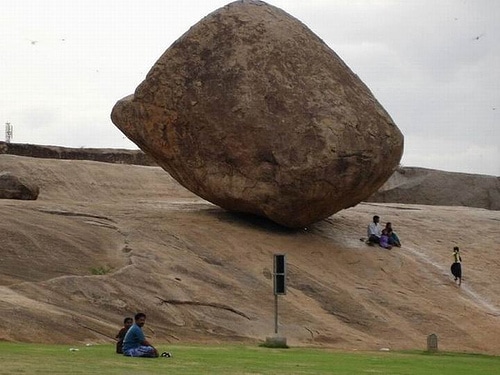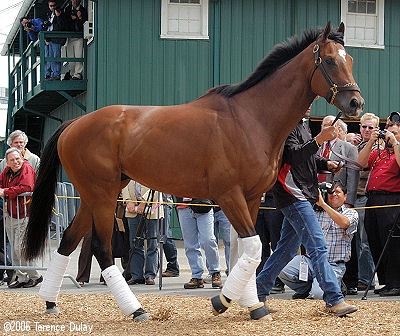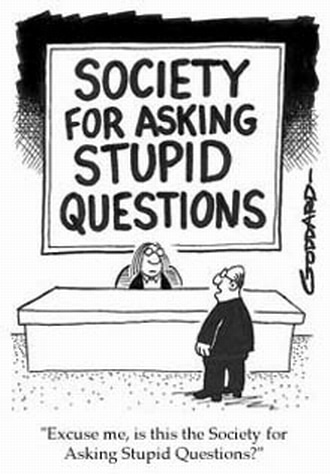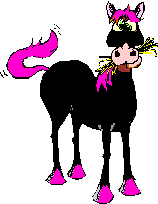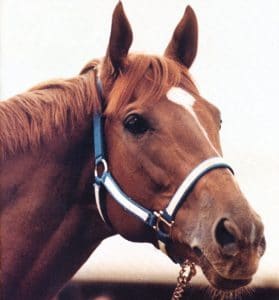
Secretariat
I want to go on record as saying that there are few things as awe-inspiring and beautiful as a running equid. Whether it’s a zebra Kenya, a Pzewalski horse in Mongolia, a feral horse in Nevada or Australia, or a well bred Thoroughbred in many countries of the world, to me, there are few sights that are more riveting than the grace, beauty, and power of a running horse. I’ve been fortunate to meet some of the best of them: Nijinksky, Mr. Prospector, and even Secretariat.
Horse racing is so beautiful and exciting that people have watching running horses for centuries. Probably bet on them, too. Based on the beauty, power, and the excitement (both of running and betting), a multi-billion dollar industry has developed around the world.
And, in the United States, especially, it’s in a bit of trouble.
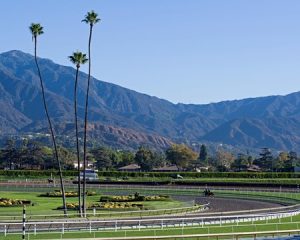
Santa Anita
Recently, the horse racing track at Santa Anita Park, in Arcadia, CA, was closed after 22 horses died in racing and training-related injuries.[i] A rather constant question that I’ve gotten since – even though I don’t work in the racetrack – is, “What happened?” To be frank, no one knows for sure. There are many, many ideas.
Maybe it was the rain. Southern California got a lot of rain since the beginning of 2019, and maybe this somehow affected the racing surface. Maybe it was too slippery, to giving, too… something.
Maybe it was the drugs. In the New York Times, concerns about giving illicit substances to racing horses have been reported since at least the turn of the 20th century and those same concerns were much publicized in a series of articles in 2012. To their credit, may racing jurisdictions have gotten much stricter about drug administration. California is going to be imposing much stricter medication rules as a result of the Santa Anita problems, too. Even though drug use in racing horses is a serious concern, it may not be horse racing’s biggest problem.
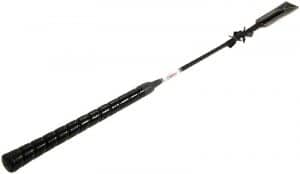 Maybe it was the whips, which jockeys used to try to get tiring racehorses to run faster at the finish line. Whips have been banned in other countries. Maybe whips would help, so racehorses won’t be driven to push tiring tendons, ligaments, and muscles past the breaking point.
Maybe it was the whips, which jockeys used to try to get tiring racehorses to run faster at the finish line. Whips have been banned in other countries. Maybe whips would help, so racehorses won’t be driven to push tiring tendons, ligaments, and muscles past the breaking point.
Maybe it is the age of the horses. Many people assert that racing’s injury problems can be traced to the fact that two-year-old horses are running on as-yet-immature bones. And yet… research has shown that exercise makes young horse bones stronger: not weaker. Young human athletes exercise and compete – why not horses?
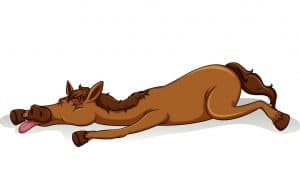 Maybe horses are being trained too much, or being run too often. Maybe the cumulative effects of stress on bones and soft tissues just gets to be too much. Like a paperclip that has been bent back-and-forth repeatedly, eventually things give. Maybe fewer starts, shorter races, less strenuous training: maybe that would help.
Maybe horses are being trained too much, or being run too often. Maybe the cumulative effects of stress on bones and soft tissues just gets to be too much. Like a paperclip that has been bent back-and-forth repeatedly, eventually things give. Maybe fewer starts, shorter races, less strenuous training: maybe that would help.
To the credit of everyone involved, changes will be made. Whips are now no longer allowed at Santa Anita. Neither are race day medications. The track surface will be scrutinized. But will that solve the problem? Or, is there another, inevitable problem that can’t be fixed?
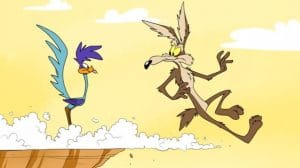 Here’s a hint. When I read an article on the problem, I note, ” Between December and February of the previous year, 10 horses died at Santa Anita, compared with eight in 2016-17 and 14 in 2015-16.” And, “The track averaged about 50 deaths per year from 2008-18, according to data from the California Horse Racing Board.” According to the California Horse Racing Board, horse deaths have decreased by 60 percent over the last 13 years, with most of the reductions coming in the last couple of years. A 2012 New York Times reported that 24 horses died each week at race tracks across the United States.[ii] However, even though things have gotten better, all of this points to a very sobering reality. It seems that if one is to race horses, there is going to be a certain amount of injury and horse death associated with the practice.
Here’s a hint. When I read an article on the problem, I note, ” Between December and February of the previous year, 10 horses died at Santa Anita, compared with eight in 2016-17 and 14 in 2015-16.” And, “The track averaged about 50 deaths per year from 2008-18, according to data from the California Horse Racing Board.” According to the California Horse Racing Board, horse deaths have decreased by 60 percent over the last 13 years, with most of the reductions coming in the last couple of years. A 2012 New York Times reported that 24 horses died each week at race tracks across the United States.[ii] However, even though things have gotten better, all of this points to a very sobering reality. It seems that if one is to race horses, there is going to be a certain amount of injury and horse death associated with the practice.
Ultimately, the inevitable problem associated with horse racing is physics. I hope that it’s not at all controversial to note that a race horse is a big animal that runs very fast. As such, it generates a lot of force. For the purposes of illustrating my point, let’s make a couple of assumptions. Say that a racehorse weighs 1100 pounds (some are more – others are less). The highest race speed recorded over two furlongs is 70.76 km/h (43.97 mph), by a horse named “Winning Brew,” at the Penn National Racetrack in 2008, so, for the purposes of calculating, let’s round the speed of a racing horse down to 40 mph. With this information, we can make a simple calculation:
FORCE = Mass x Acceleration

An 1100-pound horse running 40 mph generates a force of nearly 9000 Newtons (8922.05, to be exact). But what does 9000 Newtons mean?
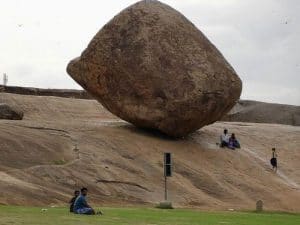 It takes only 4000 Newtons to shatter a human femur, the bone in the upper leg that is actually a good bit thicker than the lower limb bones of a horse. It’s not just a matter of the total force, of course, or horses’ bones would be exploding every time they ran. The amount of damage from 9000 Newtons of force will vary due to things such as the amount of muscle or fat covering a bone (there’s very little in the horse’s lower leg), the angle at which the force is applied, as well as the age and health of the horse, as well as the health of the horse’s bone itself.
It takes only 4000 Newtons to shatter a human femur, the bone in the upper leg that is actually a good bit thicker than the lower limb bones of a horse. It’s not just a matter of the total force, of course, or horses’ bones would be exploding every time they ran. The amount of damage from 9000 Newtons of force will vary due to things such as the amount of muscle or fat covering a bone (there’s very little in the horse’s lower leg), the angle at which the force is applied, as well as the age and health of the horse, as well as the health of the horse’s bone itself.
At the end of a race, a horse is tired. The muscles and ligaments and tendons that support his limbs are fatigued. The bone may have some unrecognized damage from previous training sessions. He takes a funny step, or he trips. All of a sudden, this damaged bone, supported by fatigued tissues, is subjected to a massive amount of stress from an unusual direction. Under such circumstances, the horse’s leg can quite simply explode.
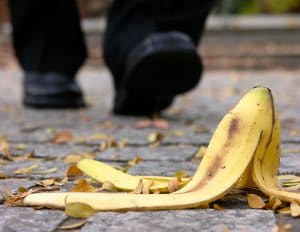 And that is the crux of the problem. No matter how few drugs are used, no matter if whips are eliminated, no matter if distances are shortened, no matter if older horses race, or no matter if tracks are made of the safest surface possible (whatever that might be), accidents and injuries are going to happen and the forces generated by a racing horse are going to overwhelm even the healthiest of tissues.
And that is the crux of the problem. No matter how few drugs are used, no matter if whips are eliminated, no matter if distances are shortened, no matter if older horses race, or no matter if tracks are made of the safest surface possible (whatever that might be), accidents and injuries are going to happen and the forces generated by a racing horse are going to overwhelm even the healthiest of tissues.
For those involved in horse racing, this is known as the cost of doing business. There’s a golden ring to catch on the merry-go-round, and if some people fall off while reaching, well, the risk is still worth the potential reward. (That said, I think most of the rings have been removed from most of the merry-go-rounds at this point.) Plus, breeding, training, racing, betting, etc., employ lots of people, and require a steady stream of new horses to make the classes. Some of them may get lost along the way. It’s a cost that the horse racing industry has been willing to bear.
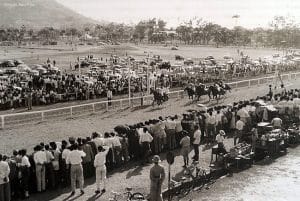 However, society will have the ultimate say. In the 1940s, in the United States, the two most popular sports were boxing and horse racing. That’s not the case anymore. Both businesses can have brutal outcomes for the participants. Does that fact have anything to do with their decline?
However, society will have the ultimate say. In the 1940s, in the United States, the two most popular sports were boxing and horse racing. That’s not the case anymore. Both businesses can have brutal outcomes for the participants. Does that fact have anything to do with their decline?
There are few things that are more exhilarating and beautiful than watching a running horse. However, horse racing carries a cost: an inevitable cost, it seems. That’s the case with all sport horse endeavors, of course. Jumping horses, and barrel-racing horses, and dressage horses, and reining horses, and eventing horses are injured in the pursuit of sport, as well: tendons and ligaments strain, joints inflame, and, rarely, horses break bones and have to be put to sleep. A certain level of attrition seems tolerable in these disciplines but the economics are far different, the fatalities are far fewer, and the careers are usually much longer.
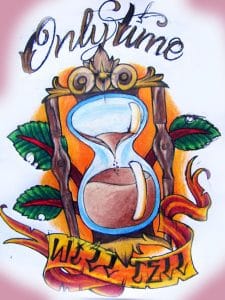 Ultimately, society will decide if any number of horse-racing associated deaths are tolerable. The steps being taken to make racing safer are long-overdue and most welcome (at least in my opinion). But it’s unreasonable to think that horse racing will ever be perfectly safe. That’s the insoluble problem. Nothing is ever perfectly safe, is it? The question for horse racing is whether it can be made safe enough to satisfy society’s concerns. Time will tell.
Ultimately, society will decide if any number of horse-racing associated deaths are tolerable. The steps being taken to make racing safer are long-overdue and most welcome (at least in my opinion). But it’s unreasonable to think that horse racing will ever be perfectly safe. That’s the insoluble problem. Nothing is ever perfectly safe, is it? The question for horse racing is whether it can be made safe enough to satisfy society’s concerns. Time will tell.

